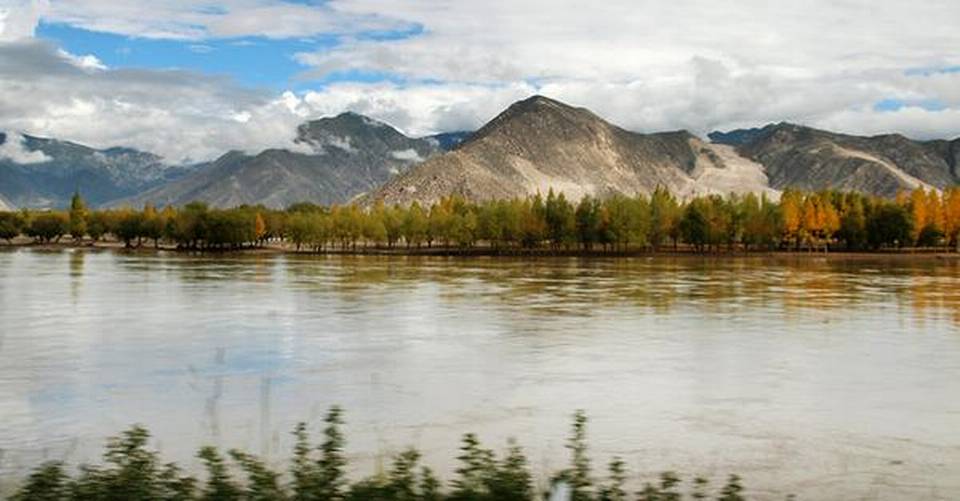China has built one and is constructing two more run-of-the-river hydro power plants on the Yarlung Zangbo River, which is known as the Brahmaputra in India, a top Chinese official told a group of visiting Indian journalists recently.
Ahead of the second informal summit between Prime Minister Narendra Modi and President Xi Jinping in October, China has assured India that its hydropower projects on the Brahmaputra in Tibet will neither affect nor alter the volume of water downstream in India.
Admitting to construction of three dams on the Brahmaputra which originates in the Tibet plateau, China said these projects would not change the outbound quantity or quality of water flowing downstream into India.On India’s concerns over Chinese activity on the Brahmaputra, Yu Xingjun, Consul (Director General Level), Ministry of Water Resources of China, said the scale of these projects was too small to affect water volumes.
“We have completed one hydropower station on the Yarlung Tsangpo (the common name for Brahmaputra in China) and two are in the process of completion. All the three reservoirs are of a combined capacity of 1,500 MW and all are in the mainstream area of the river. These hydropower stations are small and their scale is too insignificant to alter the outbound quantity of water,” assured Xingjun, head of the Chinese team of China-India Expert Level Mechanism (ELM) on Trans-Border Rivers which had its 12th meeting in Ahmadabad this June.Chinese officials maintained that hydropower stations were meant to address local sustainability needs.
“Water consumption rate for upstream areas of the Yarlung Tsangpo in Tibet is less than one per cent. It is the right of the local people in the upstream areas to use the river to sustain their lives… the Chinese side holds a responsible attitude towards hydropower development and the development of areas adjoining the river’s course,” Xingjun said, allaying India’s fears.
India has had concerns around potential diversion of Brahmaputra waters by China which faces skewed water availability locally.
Xingjun admitted, “Water management in China is imbalanced and requires us to divert water from the water-rich to the water-scarce areas. President Xi attaches top priority to water conservation, which is now at the heart of all our projects.”
Indian concerns are, meanwhile, rooted in possibilities of Chinese diverting the Brahmaputra waters towards arid areas which could mean bad news for India’s northeastern plains on account of reduced water flow or flooding.
Water is set to become a key area of engagement between India and China, which are engaged on the issue through the ELM set up in 2006. The UN estimates that by 2025, more than half of the world’s people would be residing in water-stressed areas, and a vast majority of these will be in India and China.
Hails Clean Ganga We have a great impression of the Clean Ganga Plan in which the people and religious leaders are involved. It is a good example to mobilise the Chinese people to participate in the cleaning of local rivers. — Yu Xingjun, Consul, Chinese water ministry
by Aditi Tandon



